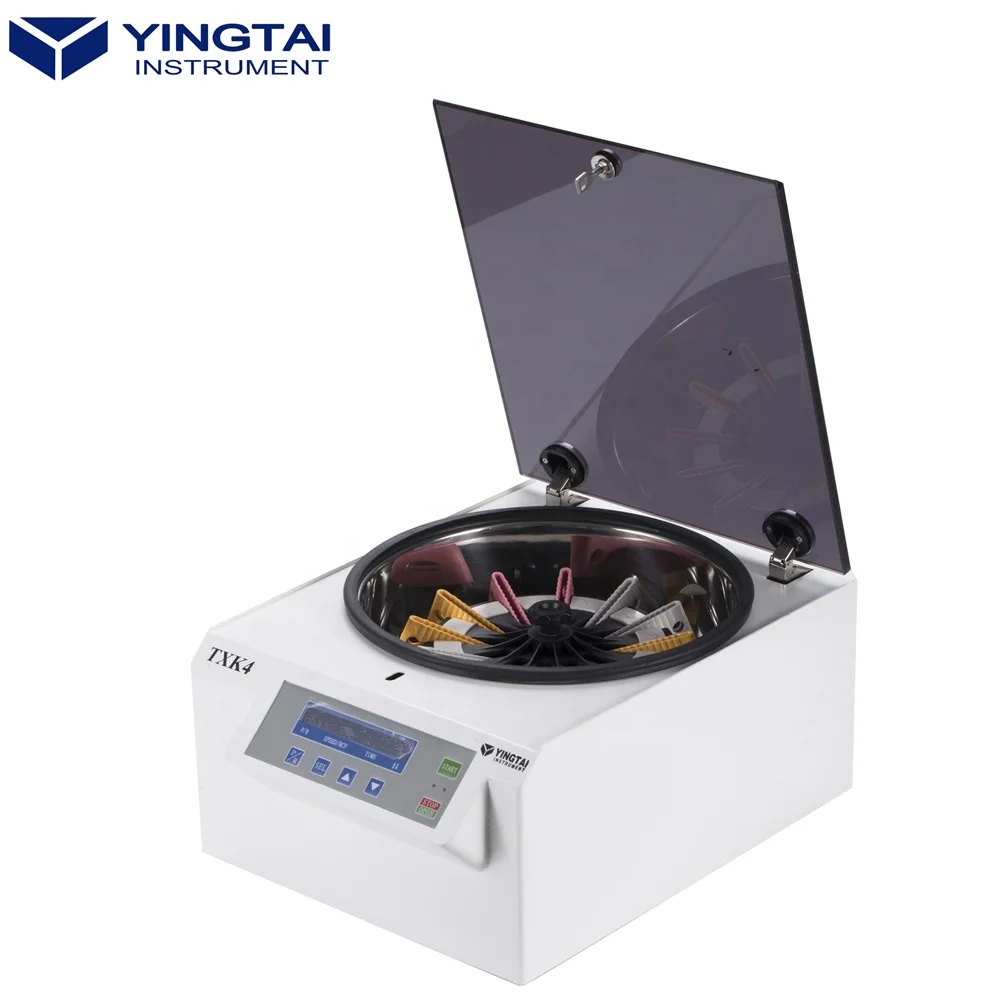
The purpose of the crossmatch is to detect the presence of antibodies in the recipient against the red blood cells of the donor. The urgency of the transfusion, the out-of-hospital time, the availability of the blood products, type-and-crossmatch information, and the transport & care of the blood product must be considered.A crossmatch is performed prior to administration of blood or blood products (e.g. The decision to give a transfusion to a patient during a critical care transport is more complex than the administration of blood in the hospital.
Therefore, these animals require sensitization to the red cell antigen, before a hemolytic reaction will occur. DEA 1.1 and 1.2 in the dog, and Qa and Aa in the horse) are not found. In dogs and horses, naturally occurring antibody against important hemolytic red blood cell antigens (e.g. An incompatible transfusion can result in a severe hemolytic anemia and even death.
In type B cats, the anti-A antibody is a strong agglutinin and hemolysin and can result in rapid hemolytic anemia and death if a B cat is transfused with A blood on the first transfusion. In cats, a crossmatch should be performed on the first blood transfusion, because cats have naturally occurring antibody to red blood cell antigens. Once a blood transfusion has been administered to a dog or horse, a crossmatch should be performed prior to any subsequent transfusions to detect antibodies that may have been produced against a different red blood cell antigen. Therefore, in these species, a crossmatch is not absolutely required on the first blood transfusion (as long as you are sure this is the first transfusion).
At its most basic concept, the cytotoxic crossmathc seeks to address the question: 'Does a recipient have alloantibodies against an allograft that may lead to graft. Medical Laboratory Technologist (3) Blood Bank Technical Specialist (2) Manufacturing Specialist (2) Production Chemist (2) Production Technician (2) Quality System Specialist (2) Technical Support Specialist II (2) Automation Mechanical Technician (1)Complement-dependent cytotoxicity/CDC crossmatch testing has been an important assay in histocompatibility/tissue typing laboratories to establish graft and host compatibility. Somali, Devon Rex.Filter by Title.

We then look for agglutination microscopically. For the major crossmatch, washed donor red blood cells are incubated with recipient serum). Recipient serum with recipient red blood cells.In these procedures, washed red blood cells are incubated with serum at 37 C (e.g. Autocontrol: We also perform an auto-control with our crossmatches, i.e. Therefore, for this we need serum from the donor and red blood cells from the recipient.
A weak incompatible reaction (titer <1:16) may be due to anti-Ca antibodies, which will not result in a hemolytic reaction. In these, interpretation of incompatible crossmatches is very difficult and a compatible donor may not be found.In horses, an incompatible crossmatch with a titer > 1:16 should not be administered. In reality, dilution of the transfusion in the recipient usually eliminates any likelihood of antibodies from the donor affecting the recipient's red cells.This reaction is usually seen in animals with immune-mediated hemolytic anemia. Note that the crossmatch will not detect very low titer antibodies.The crossmatch is incompatible and the donor should not be used*Preferably, washed or packed red cells from the donor should be administered. In horses, we also perform the test at 2 dilutions, 1:4 and 1:16.We use the following guidelines for interpretation of the crossmatch:The transfusion can be given.



 0 kommentar(er)
0 kommentar(er)
